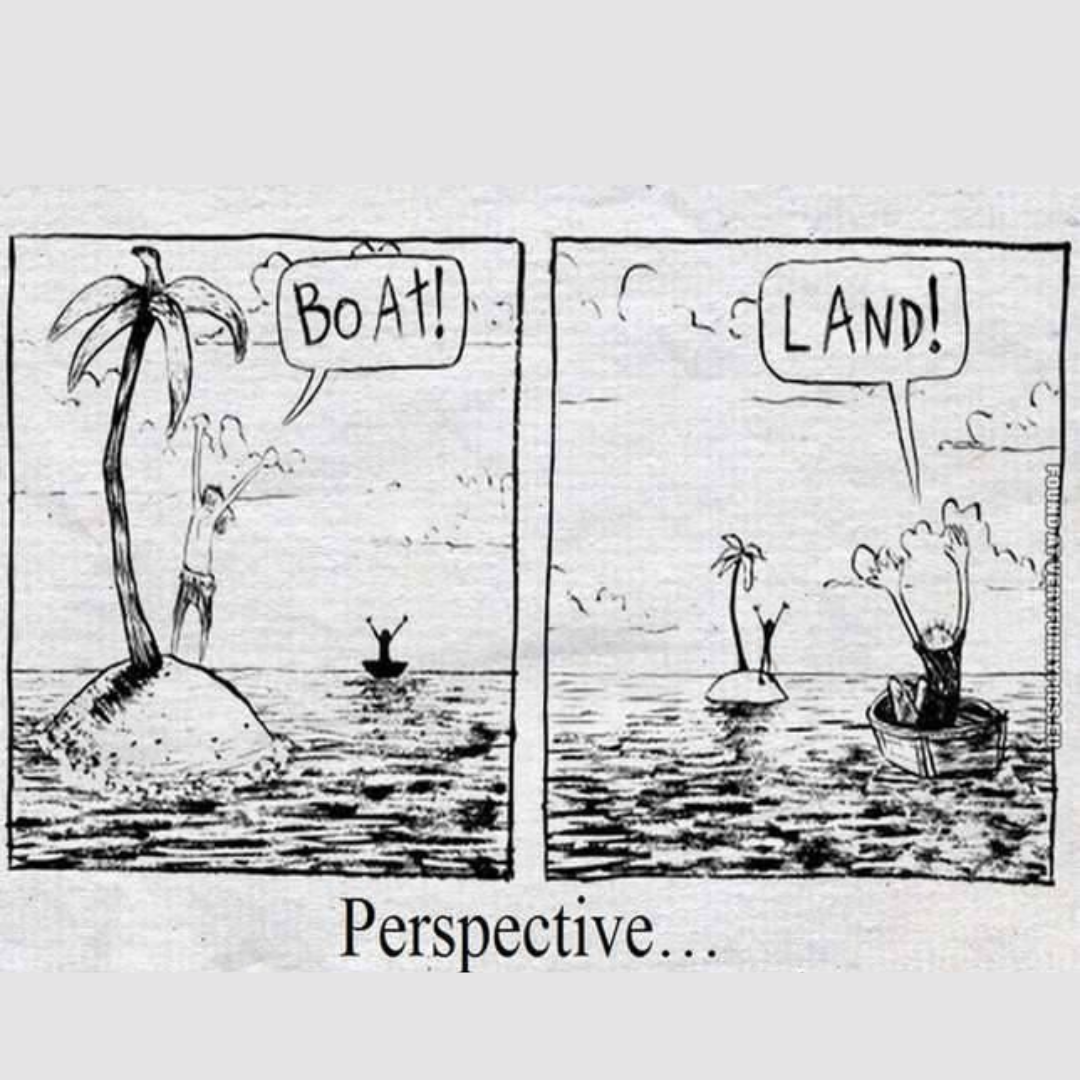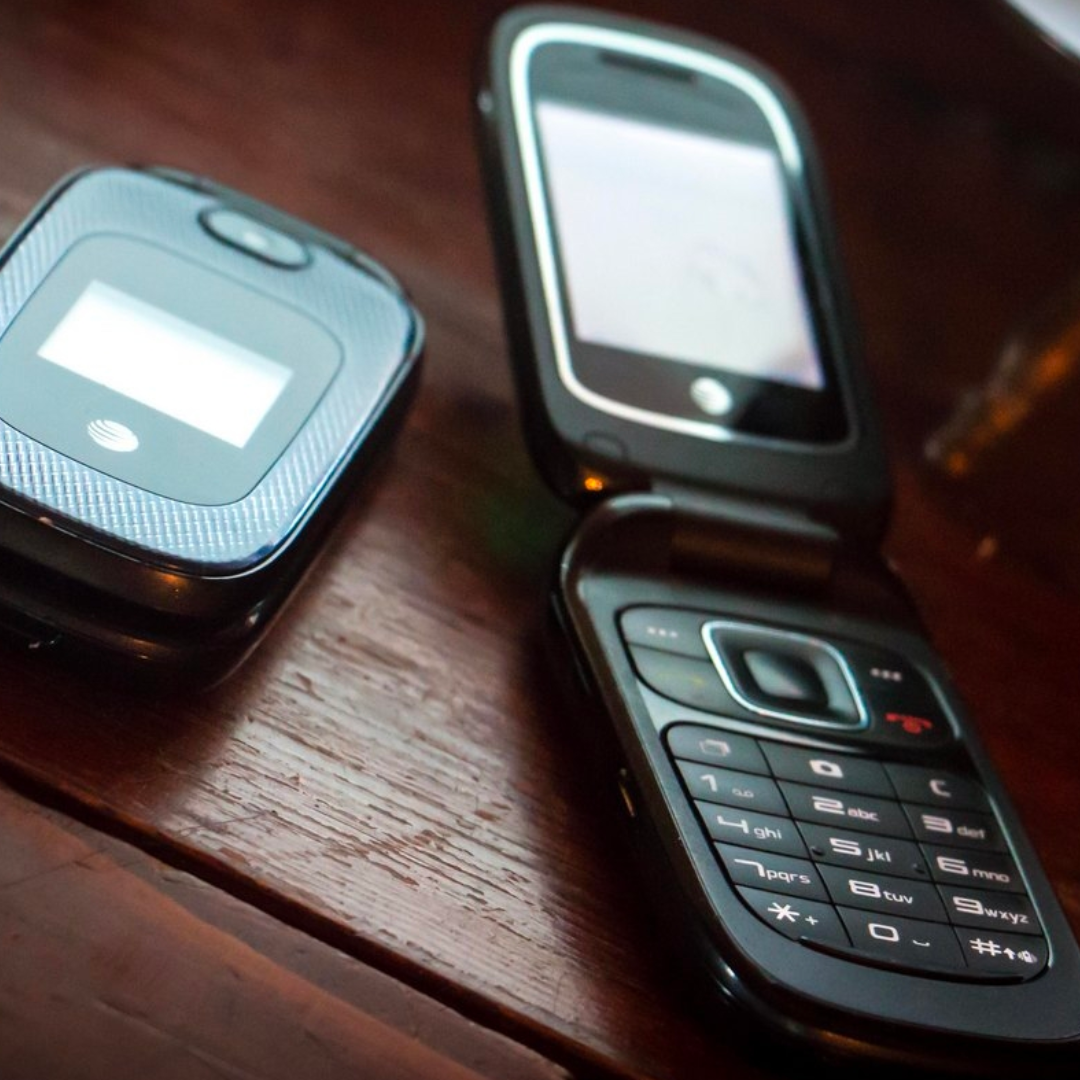
The Art of Perspective-Taking
~5 min read
Here’s a fun space fact: Did you know all the planets of our solar system could theoretically fit between Earth and the moon when the moon is at its farthest from Earth (at apogee)? This even includes Pluto…and only the International Astronomical Union might vote to exclude Pluto. Hard feelings about Pluto’s demotion aside, this space fact challenged my perspective of this distance. The moon seems so much closer than that!

This has been a fun cosmic preamble to the topic of perspective-taking. At Sullivan Manor, we often talk about bringing civility and curiosity to our conversations. The cognitive skill of perspective-taking is a key ingredient to unlock more civil and curious conversations. The internet is rife with decidedly incurious takes and incivility. One shudders to read the comment sections on social media. We choose to live antithetically to this. We embrace different perspectives and maintain civility and curiosity in the face of differing worldviews.
Is it empathy or perspective-taking?
A lot has been researched and discussed about empathy, or the ability to understand how someone else feels as if it were happening to you. But not as much has been discussed about perspective-taking, which is a distinct cognitive skill. It is the ability to see the world from someone else’s point of view. It’s the ability to say, “I’m here, but I can see why you’re there.”
Perspective is the lens through which you see the world around you. Your perception is how you interpret the world around you. Your perception (what things mean to you) informs your perspective (your point of view). So, what is perspective-taking?
Perspective-taking differs from empathy. Empathy is the ability to take on and relate to someone else’s feelings or emotions. Perspective-taking is strictly concerned with how the other person cognitively perceives a situation. This is a very important distinction.
Identify common ground
So, what does perspective-taking look like? Let’s use the above-mentioned space fact about our solar system.
I have no personal or experiential frame of reference to understand astronomical distances, but I don’t need to travel through space to appreciate this perspective. If I were to chat with Buzz Aldrin about the distance between Earth and the moon, he and I would have a vastly difference perspective about this distance. If he were to explain to me that it took three days to travel the distance in Apollo 11, I would still have no concept of that distance. If he were to explain to me that it would take a nonstop commercial flight over two weeks to reach the moon, I would have a much greater appreciation since I have flown in a plane before.
One very simple technique to develop perspective-taking is to identify common ground to create understanding. In my hypothetical chat with Buzz Aldrin, common ground involved finding a common experience (flying in a plane) to help explain differences in our perspectives.
Avoid absolute terms
Yuval Noah Harari wrote in his book Sapiens, “One of the greatest fictions of all is to deny the complexity of the world and think in absolute terms.” Perspective-taking can help to avoid absolute terms in our worldviews. Social media comment sections are filled with absolute terms on topics where nuance and curiosity should thrive. We can use perspective-taking to bring civility and nuance back into these conversations.
We can bring this intentionality into our conversations and interactions. As we strive to live and dress intentionally at Sullivan Manor, perspective-taking can help raise the standards of our conversations and bring nuance back into the fold.



